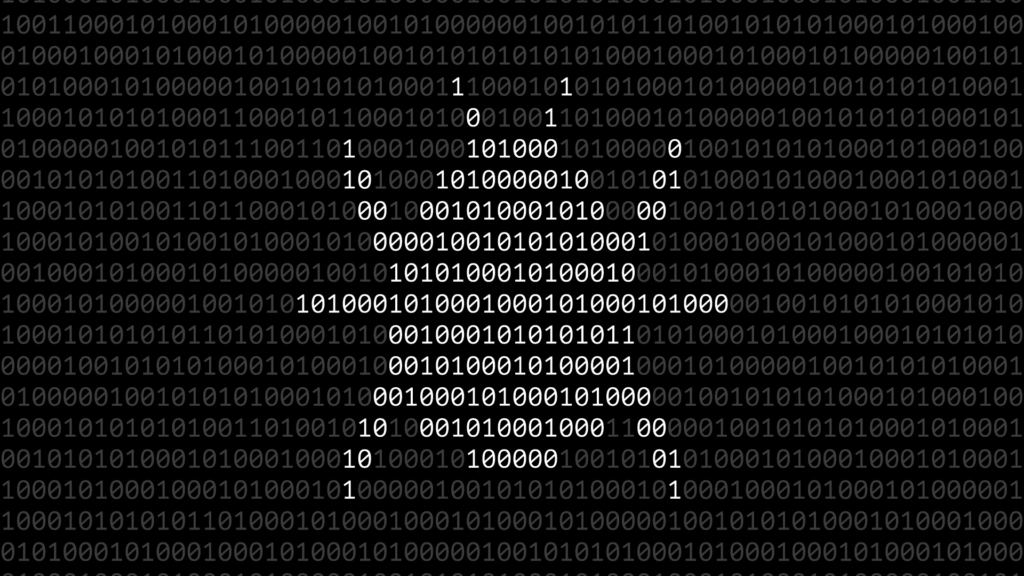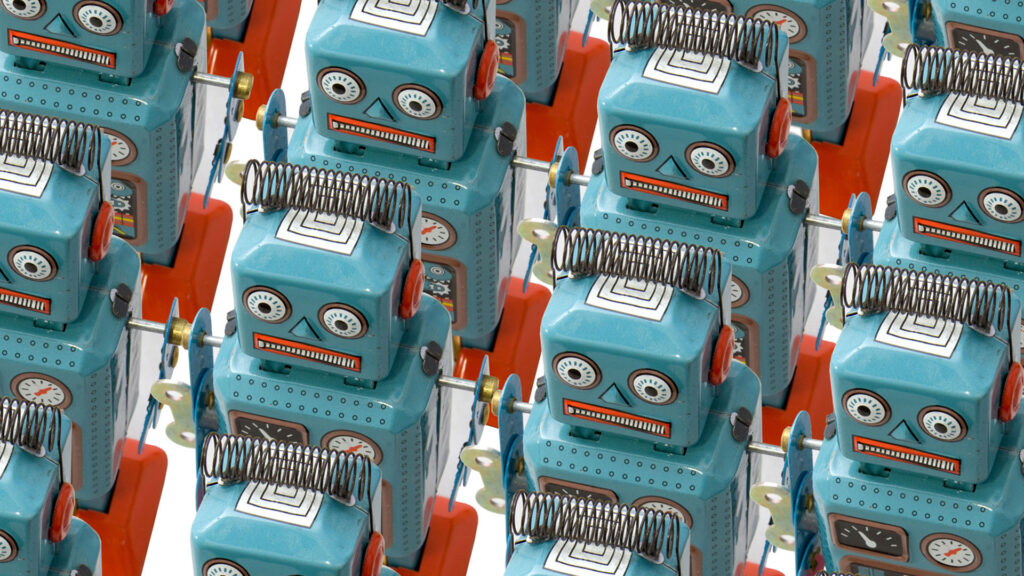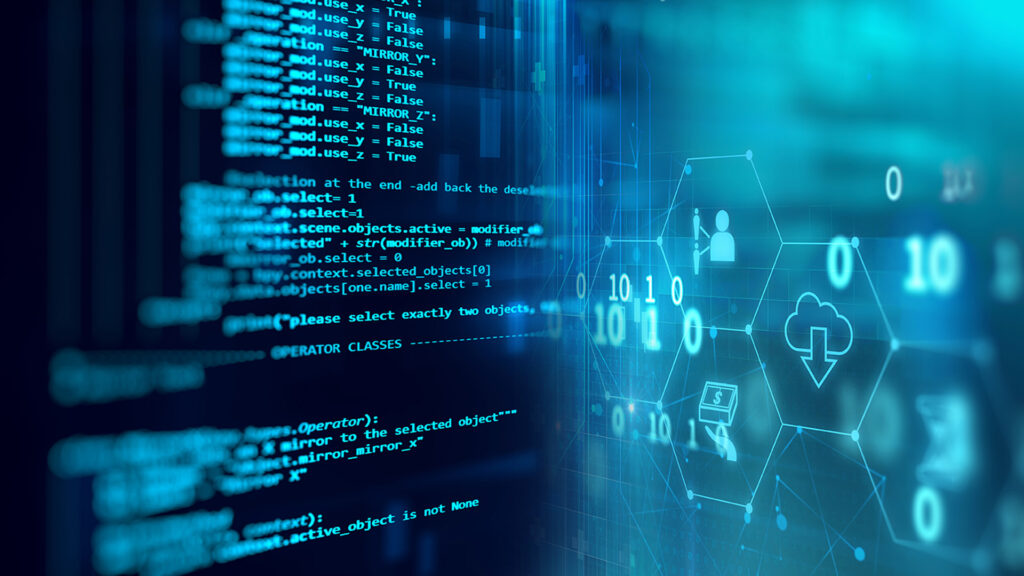Enterprise software is in a critical stage of its evolution. Software complexity continues to advance while customer data grows exponentially along with it (although which one is the chicken and which one is the egg could be debated). To make matters even more fun, artificial intelligence is well on its way to turbocharging both. In
In software development, cloned code is a common yet unwelcome guest. It refers to code copied and pasted from one place to another, often without proper attribution or understanding of its purpose. While it may seem like a quick and easy solution for solving a problem, cloned code can lead to some pretty hairy issues
The short answer is yes, you can. Achieving cost savings depends on the COBOL system you’re running and how that app performs in the new Java environment. Let’s take a look. What are Specialty Processors? IBM Z offers specialty processors designed to offload specific types of work from the General Purpose Processor (GPP). The two
Traditionally, creating system documentation is a labor-intensive task that requires significant time, effort, and vigilant upkeep. And a real snore to boot. With the emergence of artificial intelligence that can read code and summarize it, a shiny new godsend is born for those of us who must maintain an additional layer of explanation to our
If a “big bang” modernization project isn’t an option for your organization, a growing number of approaches and solutions are at your service that can help you make incremental yet impactful progress. From microservices to automation, you can build a portfolio of “digital transformation” projects that increase efficiency, help you provide better services to your
COBOL and its rigid structures present a unique set of challenges to companies that want to leverage the advantages of contemporary programming languages with a conversion to Java. The process is fraught with challenges and risks that require meticulous planning and careful execution. One of the most critical aspects of this conversion process is testing.







